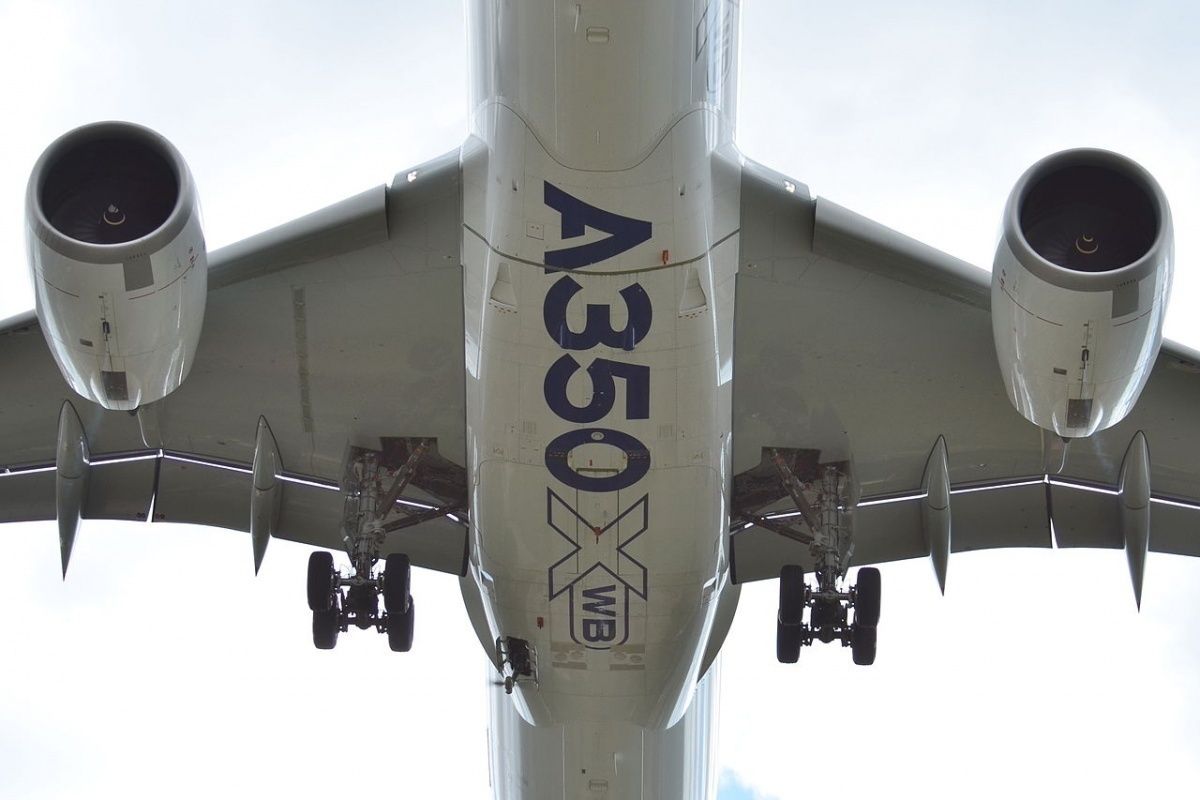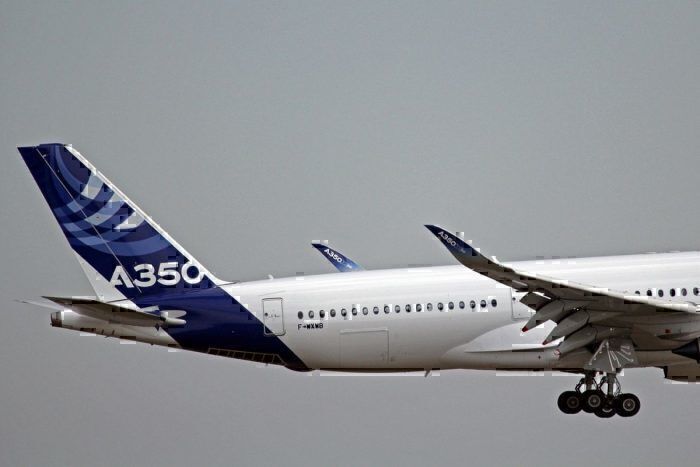Last week Airbus tested a ‘flock’ of A350s in a bird-like formation as part of its ‘fello’fly’ program. Airbus believes that flying aircraft one behind the other, a behavior seen in migratory birds, could result in significant fuel savings.Last week Airbus’s fello’fly program got underway with a two-aircraft test flight across the Atlantic. The European aviation giant hopes to explore the possibility of flying aircraft in formation in order to reduce fuel use. If the research program proves fruitful it could offer significant savings on both fuel costs and emissions. This would be a win-win for airlines as they attempt to find new ways to increase the efficiency of their operations.
Last week’s tests
According to tweets posted by A350Blog last week, Airbus conducted tests as part of the fello’fly program on Thursday and Friday. Thursday’s flight involved the MSN1 Airbus A350 prototype, which completed an 11-hour journey from Toulouse to Iceland to Greenland to Canada and then back to Toulouse.
This flight was presumably launched in order to gather information about the performance of an Airbus A350 flying in a standard single-aircraft formation. The following day a two-aircraft flight was launched. This time the prototype Airbus A350 flew in formation with a second Airbus A350 – An Airbus A350-1000 with MSN59.
According to A350Blog, a similar series of test flights was flown back in 2016. While the first flight of this initial test series also involved A350 MSN1, the second test involved a formation flight led by an Airbus A380.
What does Airbus hope to achieve with the fello’fly test flights?
According to an article posted on Airbus’s website back in November, the manufacturer hopes its fello’fly program will “demonstrate the technical, operational and commercial viability of two aircraft flying together for long-haul flights.â€
The program is one of many projects undertaken across many different industries that aim to explore the benefits of biomimicry – the practice of copying designs found in nature for the purpose of human technological advancement. In this case, Airbus believes there is potential for significant fuel savings if two aircraft are flown one in front of the other, mimicking the flight formations of migratory birds.
In Airbus’s fello’fly tests, the two aircraft will be flying in formation with a separation of just 1.5nm, significantly less than the current five nm limit set out by the FAA. Airbus believes the tests could result in a 10-15% reduction in fuel burn in the follower aircraft. If the tests do show a practical reduction in fuel burn is possible, implementing the new dual formation would only really work on longer-haul flights.
Grouping aircraft in twos on busy routes would increase the likelihood of incidents if the new flight strategy is not monitored closely. It would also probably mean that aircraft have to wait to take off together, increasing logistical pressure on air traffic control and significantly increasing crowding at the airport terminals as passengers for multiple planes have to be coordinated together.



